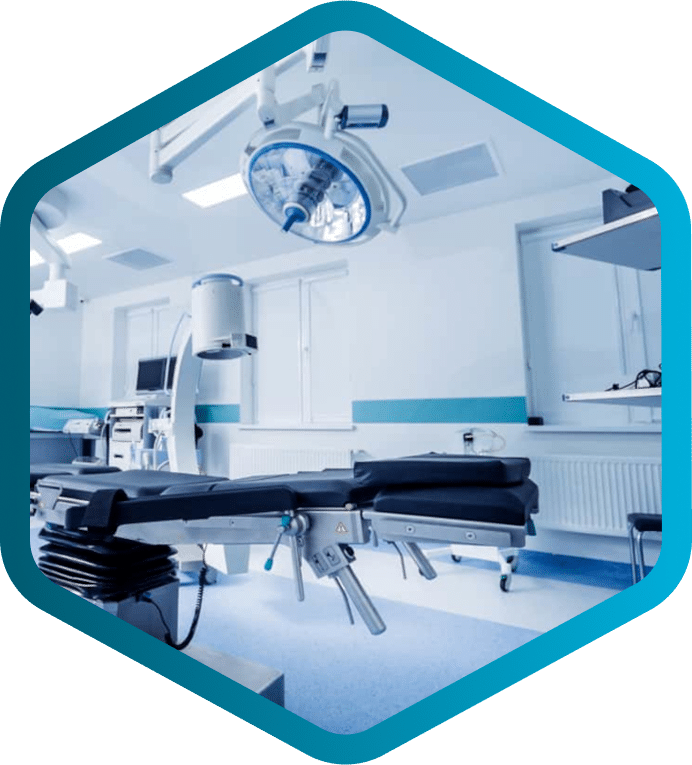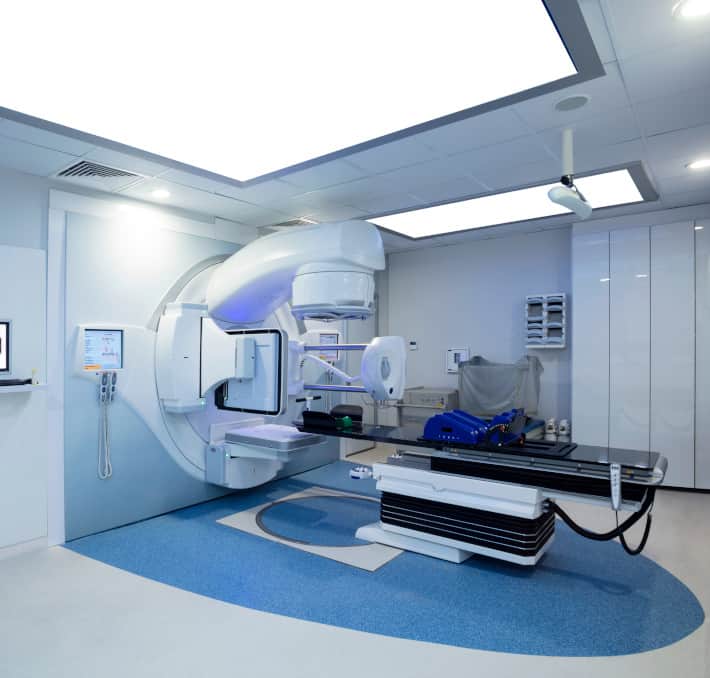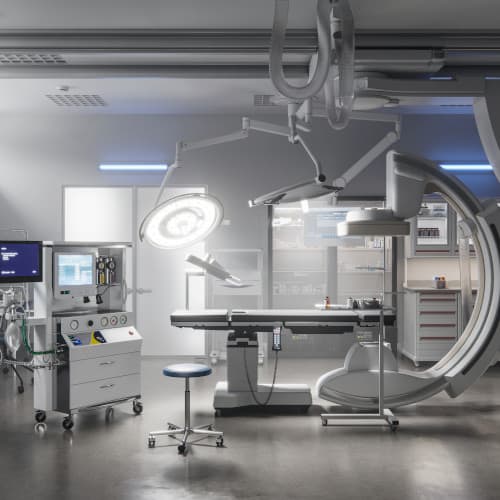In addition to providing regular maintenance and equipment support, hospital biomedical and clinical engineers are responsible for coordinating with equipment manufacturers when problems arise with their products. The average 300-bed hospital houses more than $10 million in medical equipment, so this can be a lofty responsibility. Here are the top five challenges biomedical and clinical engineers face, as well as high-level strategies to overcome them.

Government regulators have strict guidelines about how often and who is qualified to monitor, test, calibrate, and maintain medical equipment. These activities must be followed according to manufacturer recommendations, as well as state and federal laws.
Keeping track of the servicing requirements for every piece of equipment can be an overwhelming task, especially if a biomedical engineer is tasked with maintaining equipment across multiple facilities. This task is especially challenging because:

Equipment often seems to malfunction at the most inopportune times. While some biomedical and clinical engineers have the expertise to diagnose problems and troubleshoot them on the spot, other engineers may lack enough familiarity with equipment to do this effectively. In these cases, engineers must contact the manufacturer for support. This process can prove especially challenging because:
Securing replacement parts for failing equipment is a challenge that all biomedical engineers face at some point in their careers. However, poor access to replacement parts is especially difficult for engineers who work in hospitals outside the U.S. that house equipment that is decades old. Supply chain issues and part availability can slow down procurement, or even make it impossible. Healthcare providers may be forced to replace equipment, even if it’s not within their budget.

Life for biomedical and clinical engineers would be simpler if manufacturers just designed products universally compatible with accessories. Unfortunately, many equipment manufacturers design products that will only accept proprietary parts. As a result, hospital biomeds must maintain a segregated collection of accessories and parts for every style of monitor, anesthesia machine and table. Here are a few examples of this type of barrier:
Convincing stakeholders that capital equipment needs replacing can be a major challenge unless the cost to repair a piece of equipment exceeds the costs to replace it. In most cases, biomedical and clinical engineers must prove that a piece of equipment is no longer safe, effective, or functional. In other instances, hospitals do not have the budget to replace equipment and biomedical engineers must shoulder the burden of sourcing parts that are nearly impossible to find.

Responding to the demands biomedical and clinical engineers face requires careful analysis and planning on the part of hospital officials. Fortunately, the challenges outlined above are not insurmountable. By developing a clear strategy to procure and maintain equipment, hospitals can eliminate or minimize these challenges. Here are three strategies to help hospitals reduce the demands on hospital biomeds.
Purchasing medical equipment manufactured by the same company is an effective way to address the four challenges outlined above. Procuring equipment from a smaller group of key manufacturers makes it faster and easier for hospital biomeds to schedule service visits, secure replacement parts, and obtain technical support. With a smaller number of manufacturers to collaborate with, biomedical engineers are also able to establish solid relationships with technical support specialists affiliated with those manufacturers.
This strategy is especially helpful for hospital biomeds outside the U.S. who must repair and restore medical equipment that was manufactured years ago. For instance, biomeds in South America, Asia, and Africa are increasingly turning to companies that offer refurbished medical equipment to obtain parts and support that are desperately needed to maintain aging equipment. Refurbishing companies can also help biomedical engineers save money by offering a trade-in allowance on used equipment that is no longer needed.
The best way to organize medical equipment is with the guidance of a professional medical equipment planning partner. An expert can help you streamline your procurement and organize your purchases. They can also help you manage your equipment inventory, enabling hospital staff to focus on improving quality of care and utilization management.
Maintaining medical equipment involves scheduling service visits, collaborating with manufacturers, securing hard-to-find replacement parts, and convincing decision-makers that equipment needs to be replaced. Fortunately, hospitals can minimize the demands on biomedical and clinical engineers by streamlining procurement and turning to industry specialists to generate cost-effective equipment planning solutions.
Revalize is a leading technology partner that can optimize your hospital resources and help you develop a customized approach to procurement that will minimize the challenges facing your biomedical and clinical engineers.